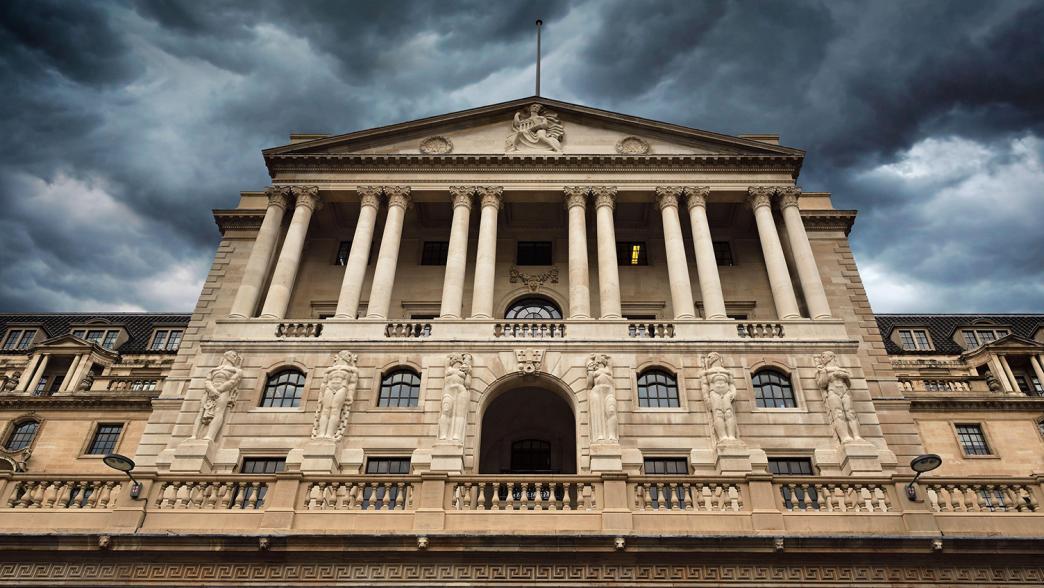Coronavirus: actions taken by the Bank of England during the first lockdown
The Bank of England took action to ensure businesses had access to low-interest loans and that the markets for government bonds continued to function.

The Covid-19 pandemic caused major social and economic disruption. Following the announcement on 23 March 2020 of a ‘lockdown’ across the four nations of the UK, the government put in place a series of financial measures to mitigate the short-term effects of these restrictions. Our explainers on action taken by the government to support businesses and individuals summarise these in more detail.
In addition to this direct support, the Bank of England (BoE; the UK’s central bank), took action to help ensure businesses had access to low-interest loans and to ensure that the markets for UK government bonds continued to function.
What did the Bank of England do?
The BoE supported the government’s policies by:
- ensuring that businesses had access to new loans at low cost
- ensuring that the market for UK government bonds continued to function
- ensuring that those who struggled to pay their debts were given ‘repayment holidays'.
Ensuring low-interest loans were available
Interest rates
The BoE base rate was cut from 0.75% to 0.25% on 11 March 2020, and then to 0.1% on 19 March. Then governor Mark Carney (who left the role on 16 March) said that interest rates in the UK could fall to “close to but slightly above 0%”, suggesting the 0.1% interest rate was about as low as the BoE felt it was feasible to go – and indeed the rate was not cut any further thereafter.
The lower base rate was intended to eventually feed through to lower borrowing costs for businesses and households.
Term Funding Scheme with additional incentives for Small and Medium-Sized Enterprises (TFSME)
To help ensure that its lower base rate fed through to lending to businesses, the BoE also announced a new scheme to offer banks four-year funding at, or very close to, the base rate (i.e. 0.1%). This provided banks with a cost-effective source of funding, which was insulated from any adverse conditions in bank funding markets.
Banks were able to borrow up to 10% of the amount they lend to businesses and additional funding was available for banks that increased lending, especially to SMEs. When this scheme was first announced (at which point banks were going to be allowed to borrow up to 5% of their net lending), the scheme was expected to provide “in excess of £100bn” in funding to banks. Banks were able to access the scheme for 12 months and could take loans for up to four years.
Covid-19 Corporate Financing Facility (CCFF)
The Bank of England acted as the Treasury’s agent in implementing the CCFF. Under this scheme, the government supported large (non-financial) businesses by buying unsecured short-term corporate debt (known as ‘commercial paper’). More details on this scheme can be found in our explainer on government support for businesses. The scheme closed to new drawings in March 2021, having provided loans of £38bn. 4 Office for Budget Responsibility, Major Balance Sheet Interventions (online annex to Economic and fiscal outlook March 2023), 2023, retrieved 21 April 2023, https://obr.uk/docs/dlm_uploads/March-2023-Major-balance-sheet-interventions.pdf
‘Global dollar liquidity’
On 15 March, the Bank of Canada, the Bank of England, the Bank of Japan, the European Central Bank, the US Federal Reserve and the Swiss National Bank announced co-ordinated action to make it easier and cheaper for people to borrow in dollars outside the US. This was done to ensure that the economic fallout from the pandemic did not lead to dollar shortages in funding markets outside the US. Countries around the world need dollars to repay external borrowing and provide liquidity to their banking systems.
Leniency support measures
The government and the Financial Conduct Authority encouraged banks and building societies to offer leniency to borrowers. To help them do this, the BoE lifted some regulatory burdens.
The annual stress test of the UK’s eight major banks and building societies was cancelled for 2020. Stress tests were resumed in 2021.
The amount of money that banks are required to hold to cushion any losses they might incur on loans (known as the counter-cyclical capital buffer) was cut from 1% of a bank’s outstanding lending to 0%. This was a big step: before the pandemic, it had been due to rise to 2% in December 2020.
The BoE estimated that this step would increase banks’ lending capacity in the UK by up to £190bn.
The counter-cyclical capital buffer was increased from 1% to 2% on 5 July 2023.
Government bonds
As the economic impacts of coronavirus became apparent, conditions in the UK government bond market deteriorated. In response, the BoE Monetary Policy Committee voted unanimously to extend the Asset Purchase Facility (APF) – through which the BoE holds UK government and corporate bonds – by £200 billion, taking it to a total of £645bn. The APF was subsequently expanded further to £745bn in June 2020 and to £895bn in November 2020. This was funded by printing money.
Most of this extra money was used to buy UK government bonds – that is, debt issued by the UK government – the remainder was used to buy corporate bonds (that is, debt issued by companies). The governor of the BoE had to seek the chancellor’s permission to extend the APF in this way.
- Topic
- Coronavirus Public finances
- Keywords
- Economy Business Public spending
- Position
- Chancellor of the exchequer
- Administration
- Johnson government
- Department
- HM Treasury
- Public figures
- Rishi Sunak
- Publisher
- Institute for Government